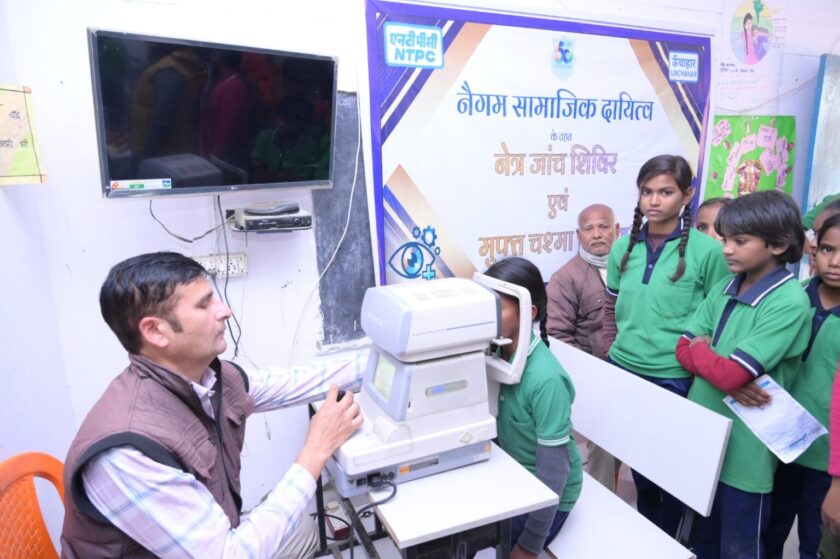Bengaluru: In a significant breakthrough for cancer diagnostics, researchers at the Indian Institute of Science (IISc), Bangalore, have developed a simple, affordable, and highly effective sensor that could enable earlier and more accessible detection of liver cancer and other diseases linked to elevated enzyme levels.
The innovative sensor is designed to detect beta-glucuronidase, an enzyme that serves as a key biomarker for liver cancer and other serious health conditions such as AIDS, urinary tract infections, colon cancer, breast cancer, and kidney cancer.
The Science Behind the Sensor
The research team, led by Professor Uday Maitra from the Department of Organic Chemistry, explored the unique properties of the rare earth metal terbium, which exhibits long-lived fluorescent states. This feature helps eliminate interference from background signals that often affect traditional detection techniques like colorimetry or standard fluorescence, thereby offering clearer and more reliable results.
To harness this property, the researchers created a gel matrix using bile salts and embedded terbium ions within it. Upon the introduction of glucuronic acid-masked 2,3-Dihydroxynaphthalene (2,3-DHN), a clever molecular reaction occurs in the presence of beta-glucuronidase.
Once beta-glucuronidase is detected, it unbinds the mask, releasing 2,3-DHN, which acts as a light-absorbing “antenna.” This molecule captures UV radiation and transfers the energy to terbium ions, resulting in a bright green fluorescence—a clear signal of enzyme presence.
From Lab to Real-World Application
To ensure practical utility, the team designed a portable version of the sensor by embedding the fluorescent gel matrix into paper discs, making the technology low-cost, compact, and user-friendly.

When a beta-glucuronidase-containing sample is applied and exposed to UV light, the paper discs emit a visible green glow. These glows can be easily analyzed using ImageJ, a free and open-source image processing software—making the sensor ideal for resource-limited settings.
Why This Innovation Matters
The sensor has a very low detection threshold, capable of identifying enzyme levels much lower than those typically seen in advanced liver disease such as cirrhosis. This makes it a powerful screening tool for early detection—not just for liver cancer, but potentially for multiple conditions linked to elevated enzyme activity, including NSAID-induced toxicity and neonatal jaundice.
What’s Next?
Though the sensor shows immense promise, researchers emphasize the need for further clinical trials to validate its real-world effectiveness. If successful, it could revolutionize how low-resource medical centers and rural clinics detect liver-related illnesses, providing faster and more affordable care to underserved populations.
This development reinforces IISc’s position as a global leader in low-cost health tech innovation, blending cutting-edge chemistry with practical healthcare solutions.





